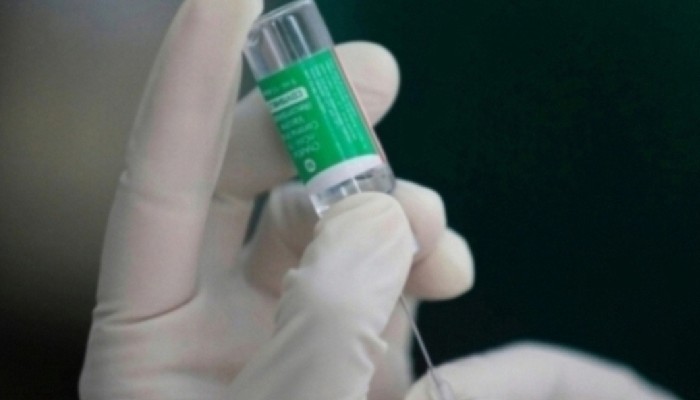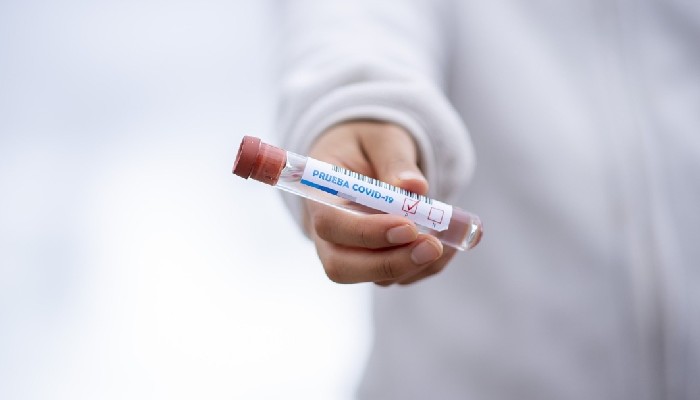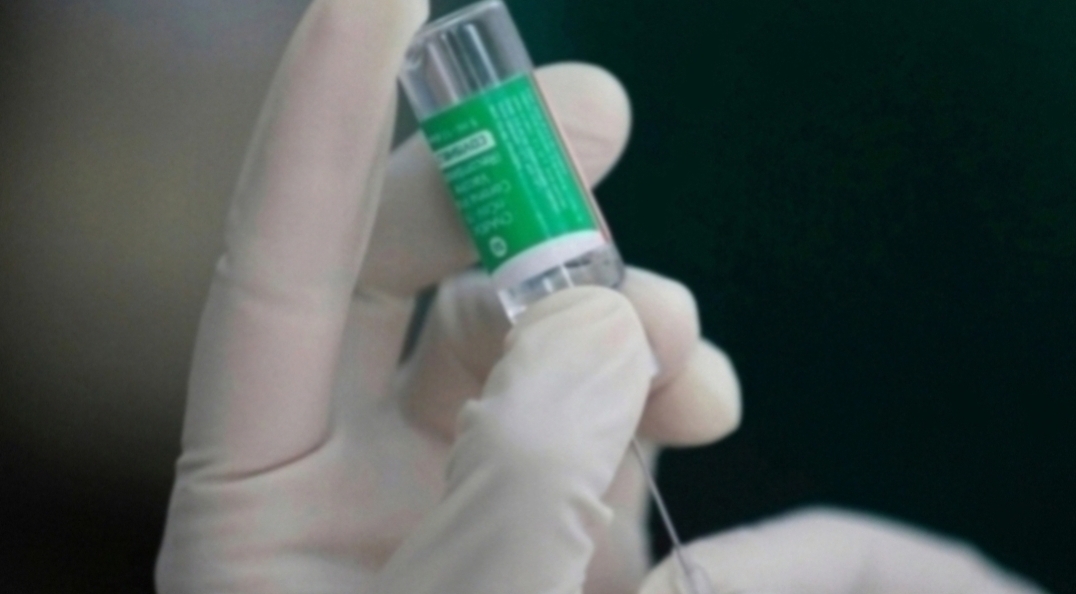A lot of people argue that we need to keep testing. But there should be some reason behind it
Dr Randeep Guleria, AIIMS Director and India’s top pulmonologist, is a member of the high-level technical committee to guide strategies for COVID-19 prevention and control. He also heads a team that runs the National Tele-consultation Centre, connecting doctors across the country in real time for treatment of COVID-19 patients.
Globally, what surprised me is how some countries took the pandemic lightly — in terms of lockdown, stopping international travel, how they thought that for some reason they were immune, that the virus would not travel there. These countries had time to be more active, once they realised what was happening in China.
(At home), what surprised me was the response to the Prime Minister’s appeal for janata curfew; what disappointed me was how, despite understanding the importance of the curfew, some groups did not follow it. It is a citizens’ movement and if we have to win the battle against COVID-19, it has to be won at a community level rather than at the hospital level. Hospitals will look after sick patients; it is community involvement that will actually stop the pandemic.
Let’s look at the aim of testing. A lot of people argue that we need to keep testing. But there should be some reason behind it. The initial question was to see: are there cases coming from outside? And that’s why there was quarantine and testing that was being done of those with travel history or contact history.
In the current scenario, with the lockdown, the aim is to see if we can prevent the spread and to identify those areas where there are a large number of cases. Testing has to go hand in hand while answering these questions. Also, you must remember that in our country we have very good surveillance data, which is the IDSP data, which is looking from a PHC level or ASHA worker level and upwards. It is mapping anyone who has flu-like symptoms or any individual who is admitted with severe respiratory illness. This gives us a rough idea, in any area, if there is a cluster developing.
Testing everyone will need a use of lot of resources and will not give us any concrete data. Testing the population that needs to be tested and which will help policymakers to make a decision is important.
As things progress, testing strategy will also change. What we need to answer through testing is: which hotspots are developing; is there a significant community spread that is taking place, so that decisions can be made about more regressive containment strategies and to upscale health resources in these clusters. The aim is to see that if we do have increasing number of cases, they are localised to one area, and then it will be easier for us to manage — rather than having pockets all over the country.
A COVID-19 death is one when a patient dies of COVID-related complications. You should understand 80% of the people will have COVID-19 and will recover as mild illness. If a terminally ill patient has tested positive and has COVID-19-caused pneumonia and sepsis and that leads to death, that will be a COVID-19-related death. If COVID-19 does not cause any respiratory problem, it is not a COVID-19 death.
Courtesy: Indian Express
 Contact Us
Contact Us  Subscribe Us
Subscribe Us









 Contact Us
Contact Us
 Subscribe
Subscribe
 News Letter
News Letter

